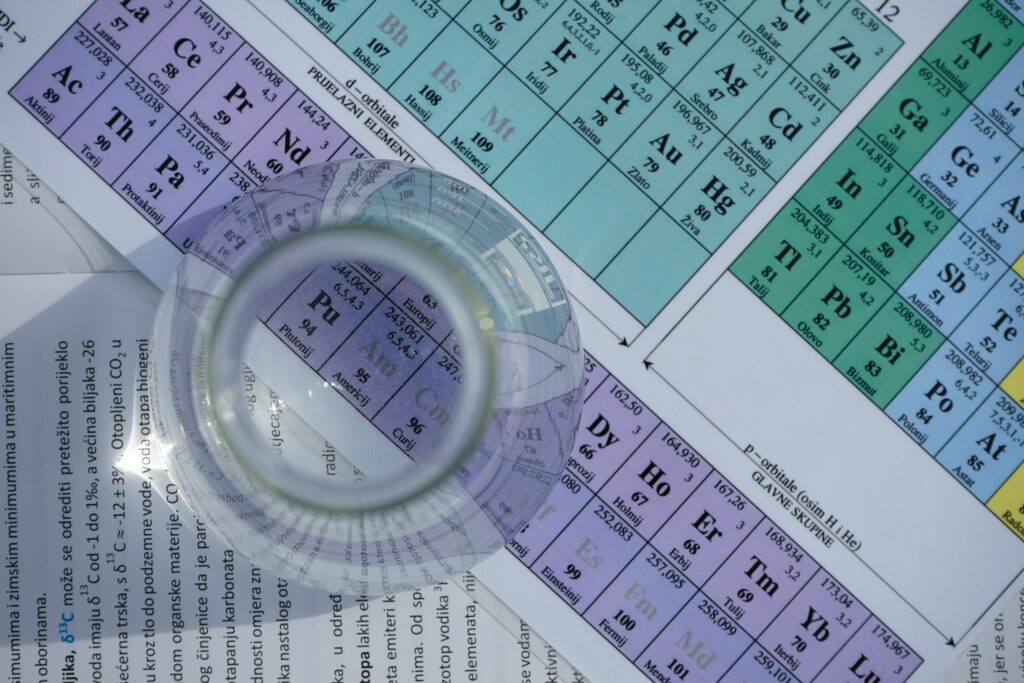The electron configuration 1s2 2s2 2p6 represents the electron arrangement of a neutral atom in its ground state. To determine the group and period of the element, we first need to identify the atomic number of the element represented by this electron configuration.

The electron configuration 1s2 2s2 2p6 indicates that the atom has 2 electrons in the 1s orbital, 2 electrons in the 2s orbital, and 6 electrons in the 2p orbital. To determine the atomic number, we simply add up the number of electrons in each orbital:
1s2 + 2s2 + 2p6 = 2 + 2 + 6 = 10
Therefore, the element represented by this electron configuration has an atomic number of 10.
To determine the group and period of this element, we need to consult the periodic table. The periodic table organizes elements based on their atomic structure and properties, with elements arranged in rows (periods) and columns (groups) according to their electron configurations.
Looking at the periodic table, we can see that the element with an atomic number of 10 is neon (Ne), which is located in the second row (period 2) and the eighth column (group 18) of the periodic table.
Neon is located in period 2 and group 18 of the periodic table. This means that Neon is in the second row or period of the table, and it belongs to the 18th group or column.
Therefore, the electron configuration 1s2 2s2 2p6 belongs to the noble gas element neon (Ne), which is located in period 2 and group 18 of the periodic table. The noble gases are a group of chemically inert elements that have a full valence shell of electrons, making them very stable and unreactive. This is because the outermost s and p orbitals of noble gas atoms are completely filled with electrons, so they have little tendency to gain or lose electrons to form chemical bonds with other atoms.
To understand the group and period of this electron configuration, we first need to identify the element it represents. The electron configuration “1s2 2s2 2p6” corresponds to the element Neon (Ne), which has an atomic number of 10. This means that the Neon atom has 10 protons in its nucleus, which are balanced by 10 electrons in its electron cloud.
In the periodic table, elements are arranged according to their electron configurations, which follow a specific pattern. The rows in the periodic table, called periods, represent the different energy levels or shells that electrons occupy. The columns, called groups, represent elements with similar electronic configurations and chemical properties.
The electron configuration “1s2 2s2 2p6” tells us that Neon has a total of 10 electrons, which are arranged in different energy levels or shells. The first shell or energy level, which is closest to the nucleus, can accommodate a maximum of two electrons, which occupy the 1s orbital. The second shell, which is farther from the nucleus, can accommodate up to eight electrons and is composed of the 2s and 2p orbitals.
The electron configuration “1s2 2s2 2p6” tells us that the first shell is completely filled with two electrons, and the second shell has eight electrons, with two in the 2s orbital and six in the 2p orbitals. This configuration is called a noble gas configuration, which means that Neon has a completely filled outermost shell of electrons.
Elements with a completely filled outermost shell of electrons, such as Neon, have a high degree of stability and are relatively unreactive. This is because their valence electrons, which are the outermost electrons that participate in chemical reactions, are tightly bound and difficult to remove or share with other atoms.
In summary, the electron configuration “1s2 2s2 2p6” corresponds to the element Neon, which is located in period 2 and group 18 of the periodic table. Neon has a completely filled outermost shell of electrons, which makes it highly stable and unreactive.
